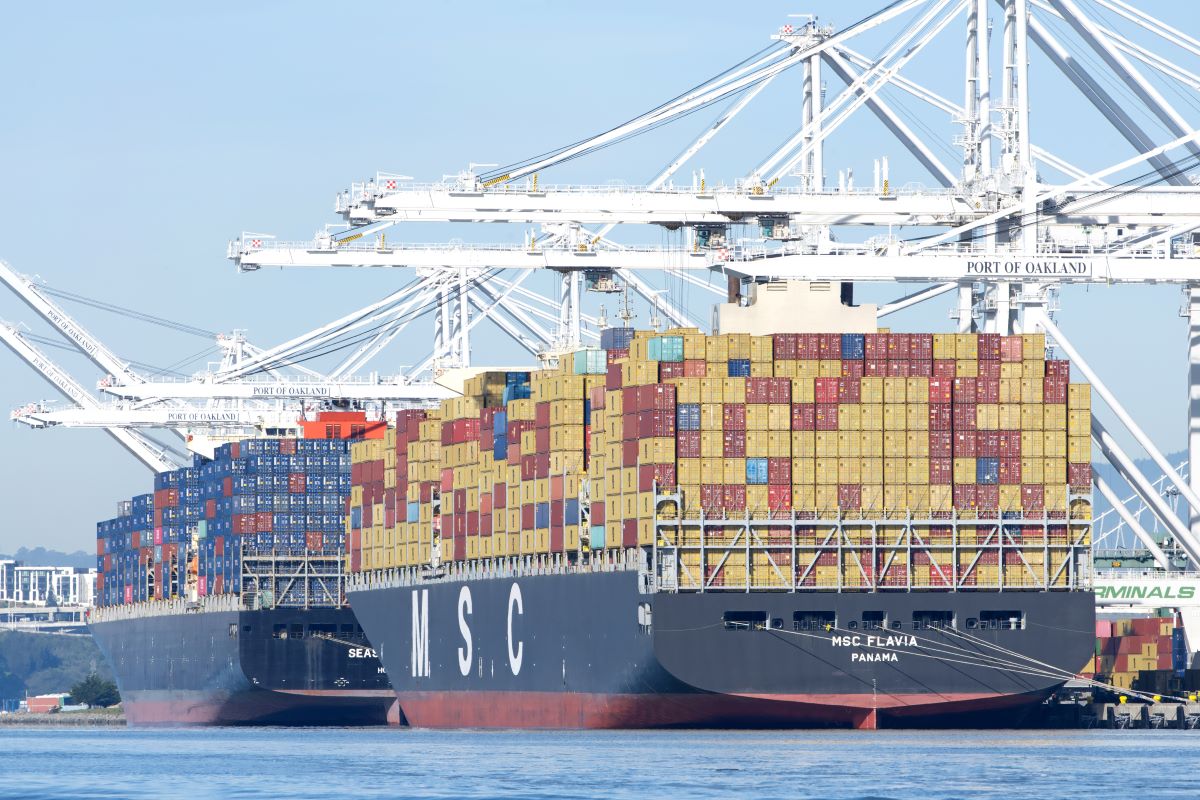By: Daniel Triot, Senior Director, FMI & GMA Trading Partner Alliance
 In a 2016 Forbes article, data visualization expert Stephen Few said, “Numbers have an important story to tell. They rely on you to give them a clear and convincing voice.” Like written words on a page, data has a way of constructing a narrative that provides background, explains a struggle, and reveals a solution.
In a 2016 Forbes article, data visualization expert Stephen Few said, “Numbers have an important story to tell. They rely on you to give them a clear and convincing voice.” Like written words on a page, data has a way of constructing a narrative that provides background, explains a struggle, and reveals a solution.
Trading partners struggle to connect the dots between inefficiencies in the supply chain. As food retail navigates the era of digital disruption, advancements in technology have introduced new ways to capture and analyze data. Messy data that was once too difficult to process in an Excel sheet can now be accurately sliced and diced to inform product development.
“Retailers and their suppliers have to be able to use data to solve supply chain problems. Partners like Alloy, an automated data integration company, make this data more actionable and easier to understand,” said the Head of Analytics and Customer Service of Alloy, Roberto Carli.
Better data shared between trading partners in the grocery supply chain prevents out-of-stocks, improves on-shelf availability and guides product development.
Louise Briguglio, Vice President of Product at Alloy, said, “By keeping tabs on the inventory and product performance in a store’s supply chain, retailers can identify the root-cause of out-of-stocks and the effects of store promotions to improve on-shelf availability.”
According to Carli, “Sharing store level data improves trading partner collaboration. Using a single data source avoids miscommunications and gets to the heart of the problem. This way, retailers and CPG companies can clearly see which products are moving fast and what’s left on the store shelf.”
A case study by Alloy and The Procter & Gamble Company, presented at the 2018 TPA Supply Chain Conference, shows this level of data sharing better predicts out-of-stocks and keeps accurate levels of inventory in the supply chain.
Learn more from about the importance of data collaboration from these additional sessions:
- Shifting from Proxies to True Demand to Improve Collaborative Replenishment and Responsiveness: Learn how shifting your team’s mindset and operations from “filling orders” to “filling store shelves” can reduce lost sales and improve your efficiency.
- Turning Data Into Actions: Learn how your company can leverage data consistency, self-service business intelligence and data visualization to put your teams into action.
- Back to the Future: Supply Chain Productivity Benchmarking Study: This new and improved comprehensive survey broadens the scope to include the most pressing issues executives face today related to automation, e-commerce, operating costs and capacities as well as other crucial (KPI’s) key performance indicators.
Visit FMI.org/TPASupplyChainConference for more information.


 Industry Topics address your specific area of expertise with resources, reports, events and more.
Industry Topics address your specific area of expertise with resources, reports, events and more.
 Our Research covers consumer behavior and retail operation benchmarks so you can make informed business decisions.
Our Research covers consumer behavior and retail operation benchmarks so you can make informed business decisions.
 Events and Education including online and in-person help you advance your food retail career.
Events and Education including online and in-person help you advance your food retail career.
 Food Safety training, resources and guidance that help you create a company food safety culture.
Food Safety training, resources and guidance that help you create a company food safety culture.
 Government Affairs work — federal and state — on the latest food industry policy, regulatory and legislative issues.
Government Affairs work — federal and state — on the latest food industry policy, regulatory and legislative issues.
 Get Involved. From industry awards to newsletters and committees, these resources help you take advantage of your membership.
Get Involved. From industry awards to newsletters and committees, these resources help you take advantage of your membership.
 Best practices, guidance documents, infographics, signage and more for the food industry on the COVID-19 pandemic.
Best practices, guidance documents, infographics, signage and more for the food industry on the COVID-19 pandemic.
